How To Record Slow Motion Sounds?
Recording slow-motion sounds can be a fascinating endeavor, whether you're a filmmaker, a sound designer, or simply an enthusiast looking to explore the auditory world in a new way. Capturing these sounds requires a combination of the right equipment, techniques, and post-production processes. In this article, we will delve into the practical steps and considerations for recording slow-motion sounds effectively.
Understanding Slow Motion Sound
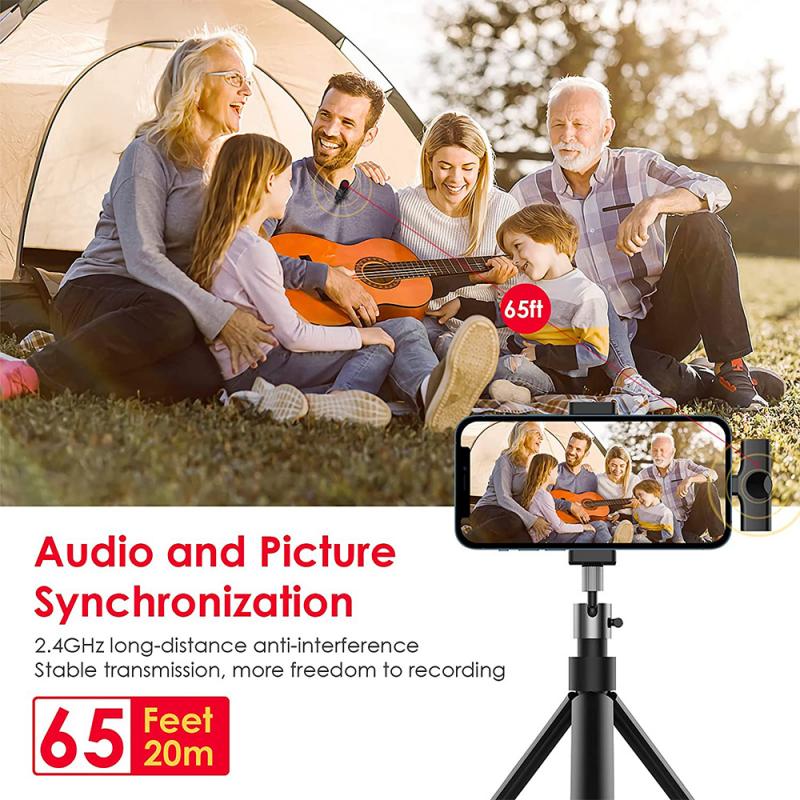
Before diving into the technical aspects, it's essential to understand what slow-motion sound entails. When you slow down a video, the accompanying audio also slows down, resulting in a lower pitch and stretched-out sound. This effect can reveal hidden details and textures in the audio that are not perceptible at normal speed. However, simply slowing down a regular recording may not yield the best results. To achieve high-quality slow-motion sound, you need to consider several factors.
Equipment Needed
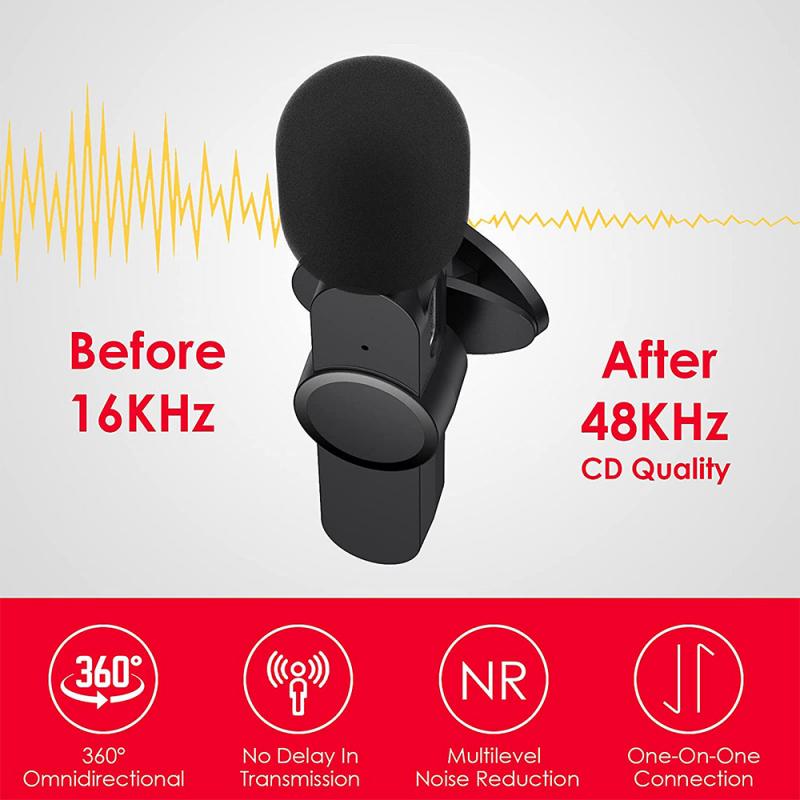
1. High-Quality Microphone: The first step in recording slow-motion sounds is to use a high-quality microphone. Condenser microphones are generally preferred due to their sensitivity and ability to capture a wide range of frequencies. A shotgun microphone can also be useful for isolating specific sounds in a noisy environment.
2. High Sample Rate Recorder: To capture the nuances of slow-motion sound, you need a recorder that supports high sample rates. A sample rate of 96 kHz or higher is recommended. This allows you to capture more detail, which is crucial when the sound is stretched out in post-production.
3. Wind Protection: If you are recording outdoors, wind protection for your microphone is essential. Even a slight breeze can distort the sound, which becomes more noticeable when slowed down.
4. Headphones: High-quality headphones are necessary for monitoring the recording in real-time. This helps you catch any issues immediately and make adjustments on the spot.
Recording Techniques

1. Close-Miking: When recording sounds that you intend to slow down, close-miking can be very effective. This technique involves placing the microphone very close to the sound source. It helps capture the intricate details and reduces background noise.
2. Controlled Environment: Recording in a controlled environment, such as a studio, can significantly improve the quality of your slow-motion sounds. This setting allows you to manage acoustics and eliminate unwanted noise.
3. Multiple Takes: Don’t hesitate to record multiple takes. Different takes can capture various nuances of the sound, giving you more options during the editing process.
4. Use of Props: Sometimes, using props can enhance the sound you are trying to capture. For example, if you are recording the sound of a balloon popping, you might use different types of balloons to get a variety of sounds.
Post-Production Process

1. Editing Software: Use professional audio editing software like Adobe Audition, Pro Tools, or Audacity. These programs offer advanced features for manipulating audio, including time-stretching algorithms that can slow down the sound without significantly degrading quality.
2. Time-Stretching: The key to achieving high-quality slow-motion sound is the time-stretching process. Most professional audio editing software includes algorithms that can stretch the audio while preserving its quality. Experiment with different settings to find the best result for your specific recording.
3. Pitch Correction: When you slow down audio, the pitch drops. Depending on your project, you might want to correct the pitch to maintain the original tone of the sound. Most audio editing software includes pitch correction tools that can help with this.
4. Noise Reduction: Slowing down audio can amplify background noise. Use noise reduction tools to clean up the recording. Be careful not to overdo it, as excessive noise reduction can make the audio sound unnatural.
5. Layering Sounds: Sometimes, layering multiple sounds can create a richer slow-motion effect. For example, combining the sound of a slow-motion heartbeat with ambient noise can create a more immersive experience.
Practical Applications
1. Film and Video Production: Slow-motion sounds are often used in film and video production to enhance dramatic moments. For instance, the sound of a bullet whizzing by or a glass shattering can be made more impactful when slowed down.
2. Sound Design: In sound design, slow-motion sounds can add depth and texture to a project. They are commonly used in video games, animations, and virtual reality experiences to create a more immersive environment.
3. Scientific Research: Slow-motion sounds can also be valuable in scientific research. For example, biologists might use slow-motion audio to study the vocalizations of animals, while engineers might analyze the sounds of machinery to detect potential issues.
4. Music Production: Musicians and producers sometimes use slow-motion sounds to create unique effects in their compositions. This technique can add an experimental and avant-garde element to music.
Tips and Tricks
1. Experiment with Different Sounds: Don’t limit yourself to conventional sounds. Experiment with various objects and materials to discover unique slow-motion sounds.
2. Use a Pop Filter: When recording vocals or other sounds that involve plosive consonants, use a pop filter to minimize distortion.
3. Monitor Levels: Keep an eye on your recording levels to avoid clipping. Clipping can cause distortion, which becomes more pronounced when the sound is slowed down.
4. Backup Your Recordings: Always make backups of your recordings. This ensures that you don’t lose any valuable takes and gives you the freedom to experiment without worrying about losing the original file.
Recording slow-motion sounds is a blend of art and science. It requires the right equipment, meticulous recording techniques, and careful post-production work. By following the steps outlined in this article, you can capture high-quality slow-motion sounds that add depth and intrigue to your projects. Whether you are a filmmaker, sound designer, or researcher, mastering the art of slow-motion sound recording can open up new creative possibilities and enhance your work.


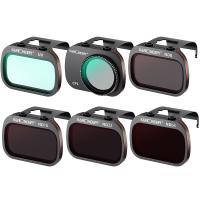




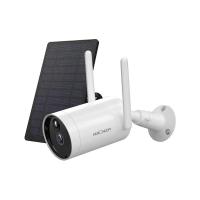
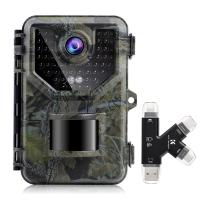

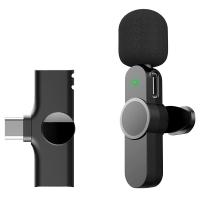



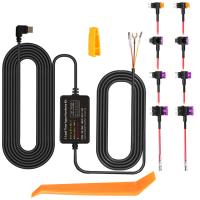
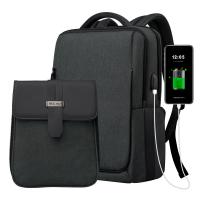


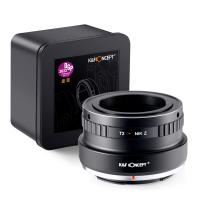
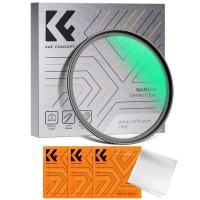

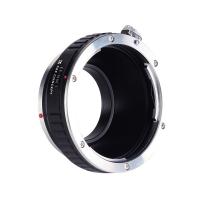
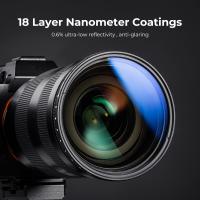







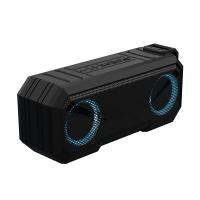
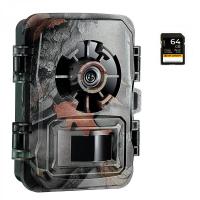

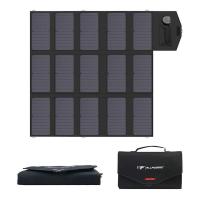





There are no comments for this blog.